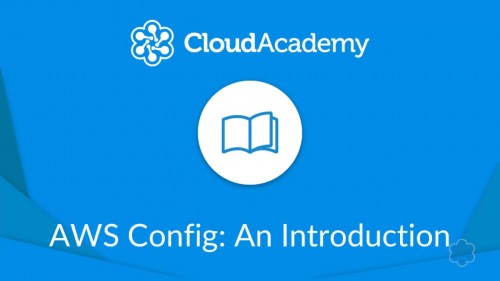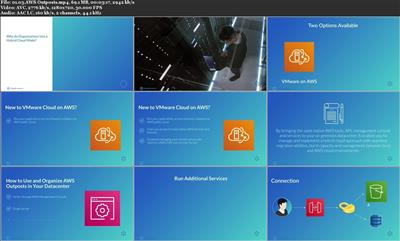
Cloud Academy – AWS Config an Introduction-STM
English | Size: 1.04 GB
Category: CBTs
With the ever-changing nature of Cloud Computing in AWS, through the use of Auto Scaling, and self-healing architecture mechanisms, having visibility and awareness of your AWS resources is invaluable. It can be difficult to understand what your resources within your infrastructure looks like, for example:



